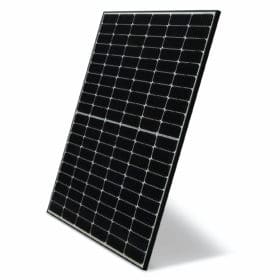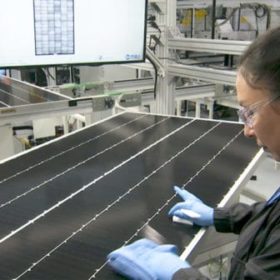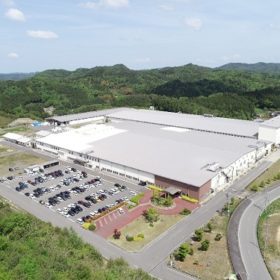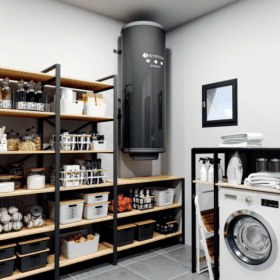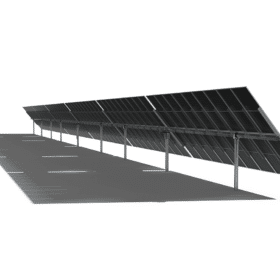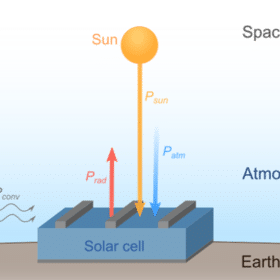Australia’s ‘largest’ solar facade
Victorian-based property developer Beulah has announced its soon-to-be-completed Paragon tower, in the heart of Melbourne, will be home to the nation’s largest and most efficient vertical solar PV system.
LG unveils 390 W n-type module
The Korean manufacturer said the NeON H solar panel is the most reliable and efficient renewable energy solution it has ever created. The new product features an efficiency of 21.2% and a temperature coefficient of -0.33% per degree Celsius,
Hail insurance is about risk management for PV developers
In the second installment of this series, pv magazine talks with Michael Kolodner of Marsh to learn about the evolution of hail risk management and how insuring a solar project is about more than just the policy.
Maxeon to ramp up solar shingle module production in the US
The expansion depends on the company obtaining debt or equity financing to buy equipment, after which initial sales are expected to start in the first quarter of 2022.
Orix secures PPA for 2.2 MW unsubsidized solar plant in Japan
The Japanese company will supply, with solar power, a denim factory in the Hiroshima prefecture.
Unsigned PPAs halting India’s renewable energy growth
Nearly 19 GW of renewable energy capacity tendered by state body the Solar Energy Corporation of India is on hold due to electric distribution companies’ unwillingness to sign the power purchase agreements. Manufacturing-linked solar projects alone account for a 63% share of the capacity in limbo.
Solar water heater to maximize self-consumption
French module manufacturer Systovi has developed a smart water heater that can forecast the weather, store surplus green electricity, and return it in the form of hot water, according to household needs.
PVH launches tracker for high-power modules
The new solar tracker from PVH was specifically designed to be compatible with large-format modules and was developed in static and aeroelastic wind tunnels.
Uzbek government agrees to buy power from 200 MW solar plant
The solar park is being planned by UAE-based Phanes Group, in Nurata, in the Navoi region. It will sell electricity at a fixed rate over a 25-year period.
Cooling PV modules with radiative sky cooling
French scientists have proposed the use of radiative sky cooling as a passive cooling technique to cut PV module temperatures by 10 C. They claim the method could improve performance by more than 5 W/m2.

